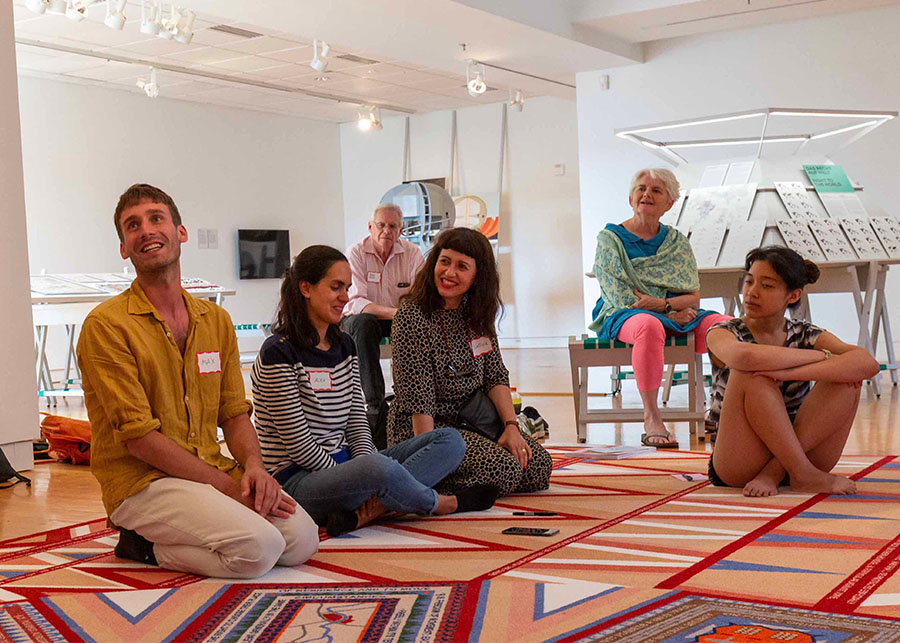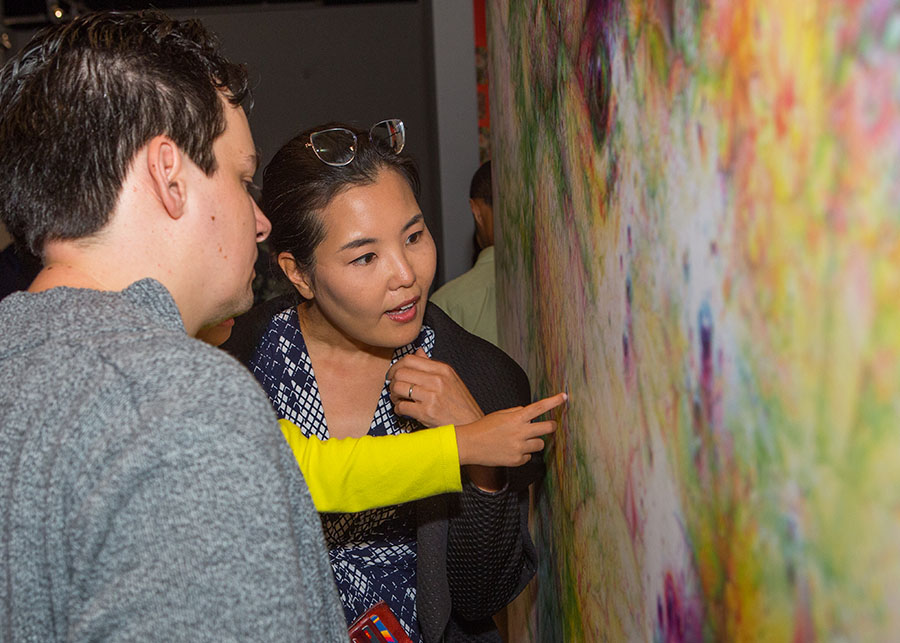A New Space and Future for the Miller ICA
Elizabeth Chodos Reveals What is to Come
written by
Margaret Cox
On September 28, 2022, Carnegie Mellon announced A New Era for CMU's Institute for Contemporary Art (ICA), marking a major evolution for the ICA and contemporary art at CMU. The $15 million commitment from the Juliet Lea Hillman Simonds Foundation and the Henry L. Hillman Foundation, will transform the ICA into a major civic resource for the city of Pittsburgh in a prominent location across from the Carnegie Museum of Art. The expansion into a 25,000 square foot facility expands the ICA’s ability to produce high caliber exhibitions, reach broader audiences and connect the public to transformational experiences with the art of our time. The new ICA will be a civic and cultural element to the new Richard King Mellon Hall of Sciences project, a 315,000-square-foot collaborative, multidisciplinary building for education and research that is expected to begin construction next year. This unique environment for collaboration across multiple disciplines will be the largest building project at CMU to date.
In a recent discussion with Elizabeth Chodos, director, Miller Institute for Contemporary Art; CMU public art curator; assistant professor of Curatorial Practice, she reveals more about what this gift and expansion mean for the future of the ICA.
MC: How does a new space create opportunities for artists and the ICA's mission?
EC: This space helps us fulfill our mission of being open to the public. Our current facility can be hard to find and we don’t have dedicated parking, which can make it challenging for us to connect with people outside of the CMU community. Instead of facing into campus, the new facility will face out to the city, and that means the work of the artists we exhibit will reach more people. The facility will also have a dramatically increased gallery space and we will be able to program more exhibitions throughout the year, amplifying the perspectives of more artists than we can currently.

MC: Can you tell us any details you’re excited about in the features of the new space?
EC: In addition to the 25,000-square-foot expansion into a highly visible and accessible location, I am very excited about the potential of a shared feature of the entire building project. The three colleges: MCS, SCS and CFA have all allocated some of our square footage to create a flexible event space of approximately 2,500 square feet that can host artist lectures, performances, screenings in addition to hack-a-thons, science conferences, receptions and social gatherings. This dynamic space will provide a shared ground for all members of the CMU community to connect across disciplines. This state-of-the-art auditorium will be home to conversations and new ways to interact with artists and ideas that are critical to growing an engaged community of thinkers.

MC: Talk to us about how the location will open up new collaborations for CMU and Pittsburgh.
EC: This new chapter arrives at a rapidly changing time in our world. More than ever, it's important for arts organizations to grow and respond to important issues. The expansion positions the ICA at a vital intersection making way for new connections with CMU sciences, the Carnegie Museums and the larger Pittsburgh cultural community. This alignment nourishes, catalyzes and provokes new opportunities for partnership, growth and engagement in arts and culture within and beyond Pittsburgh. This move gives us an opportunity to reimagine the role cultural institutions play in advancing culture and building a better world.